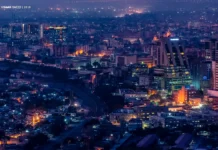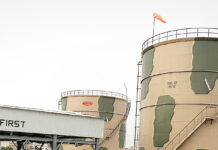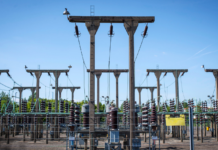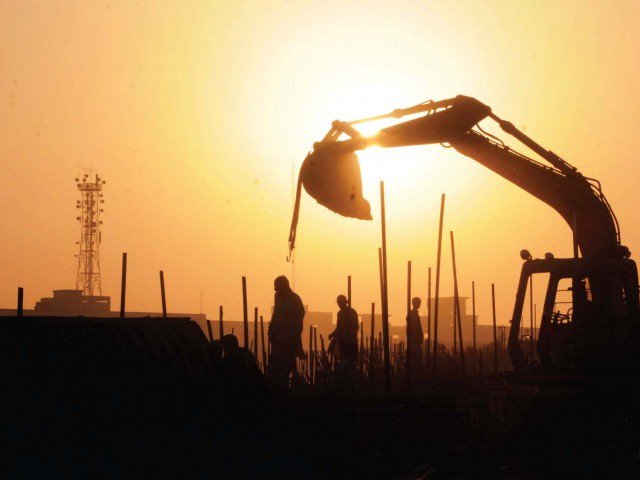The federal government has decided to allocate funding to 106 critical development projects in the upcoming fiscal year 2025-26 as part of its budget priorities. These projects, selected for their strategic importance, will receive top priority, despite ongoing controversies surrounding the funding for Sustainable Development Goals (SDGs) through parliamentarians, The News reported.
Although the Finance Ministry has not yet shared the specific resource envelope for the new fiscal year with the Planning Ministry, it has been confirmed that these projects will receive substantial allocations, the report said.
Out of the 106 projects, around 52 are of provincial nature, and the government intends to complete these by June 30, 2026. However, no new provincial projects will be included in the 2025-26 PSDP.
To create a fiscal space of Rs 2.5 trillion, the government plans to complete 276 ongoing projects and close down 168 non-performing projects. This move is expected to streamline the PSDP by eliminating inefficient schemes, although funding for SDGs remains a contentious issue.
The government has already spent Rs 34.9 billion on SDGs projects in the first nine months of the current fiscal year, with a total authorized amount of Rs 48.6 billion. Despite calls for curtailing the SDGs program, the government continues to prioritize these initiatives, which have faced criticism for their political motivations.
Out of a total of 1,071 projects in the PSDP, 276 are set to be completed by June 2025, with an estimated cost of Rs 1.665 trillion. Additionally, the closure of 168 projects worth Rs 1.1 trillion will further ease fiscal pressure.
The government’s strategy of completing existing projects and eliminating inefficient ones is seen as a way to reduce fiscal deficits. However, some insiders believe this move is also aimed at creating space for new projects prioritised by the current administration, particularly those that align with the requirements of the International Monetary Fund (IMF), which has instructed Pakistan to include only 10% of new projects approved by key committees in the PSDP.
Among the 106 prioritised projects is the PM’s Hepatitis Program, with a cost of Rs 67 billion, and the IT Park for Karachi, with a cost of Rs 31 billion. The government has also earmarked Rs 25 billion for PhD scholarships and Rs 15 billion for Danish Schools.
Projects such as Suki Kinari, Dasu Power Evacuation, and Allama Iqbal Industrial Economic Zone, with respective costs of Rs 80 billion, Rs 132 billion, and Rs 18 billion, are also a part of the priority list.
The federal government has also prioritised critical infrastructure projects, including the Islamabad West Grid Station, with a cost of Rs 52 billion, and the NTDC Sub-station, which will receive Rs 32 billion. The Mohammand Dam and Dasu Dam Construction, with costs of Rs 310 billion and Rs 51 billion, are essential projects that will drive water resource development. Similarly, projects like Tarbella-5 and Mangla Up-gradation, with respective costs of Rs 82 billion and Rs 52 billion, will improve Pakistan’s energy infrastructure.
The Diamer Bhasha Dam, one of the most significant projects, is being developed with an estimated cost of Rs 1,400 billion for power generation and Rs 480 billion for construction. The K-4 Water Project and Karachi Water Supply projects will receive Rs 40 billion and Rs 126 billion, respectively.
The government has also allocated a substantial Rs 1,900 billion for the Mainline-1 (ML-1) project and Rs 55 billion for the Thar Coal Project. Finally, Rs 234 billion will be invested in the Karakoram Highway project, a crucial infrastructure project for regional connectivity.
These projects cover a wide array of sectors, including water supply, power generation, infrastructure, and education, and reflect the government’s priorities for boosting economic growth and development.
























